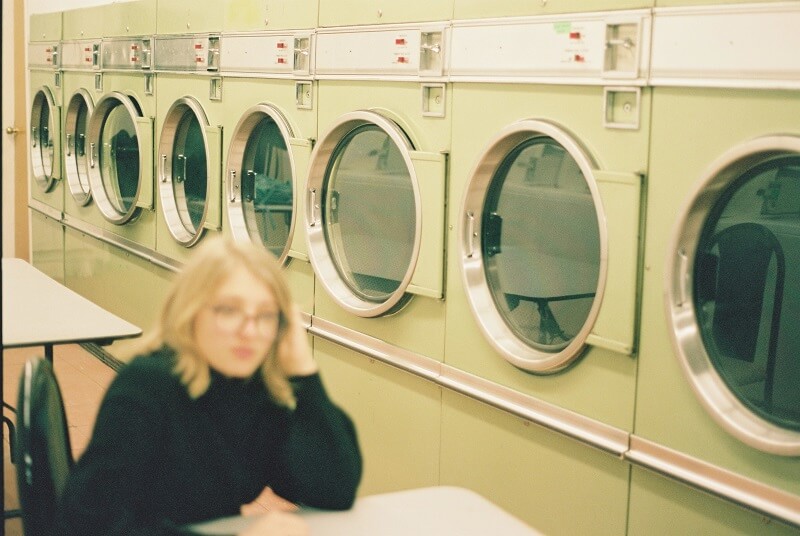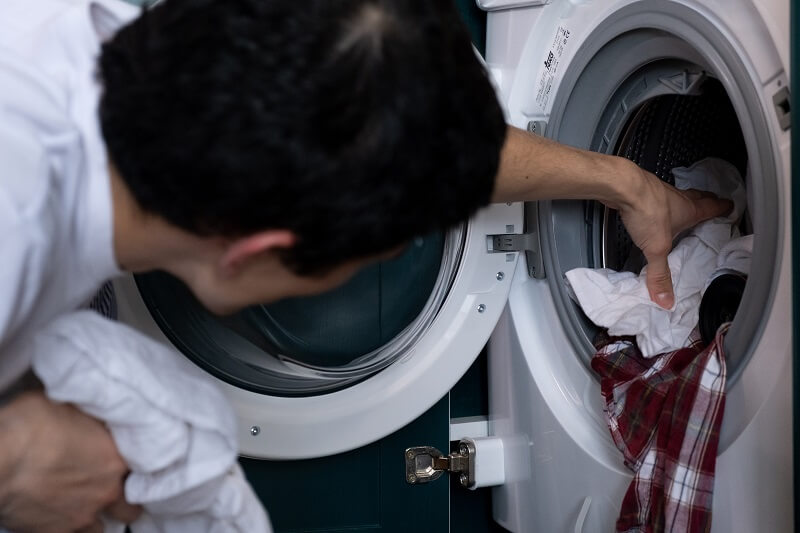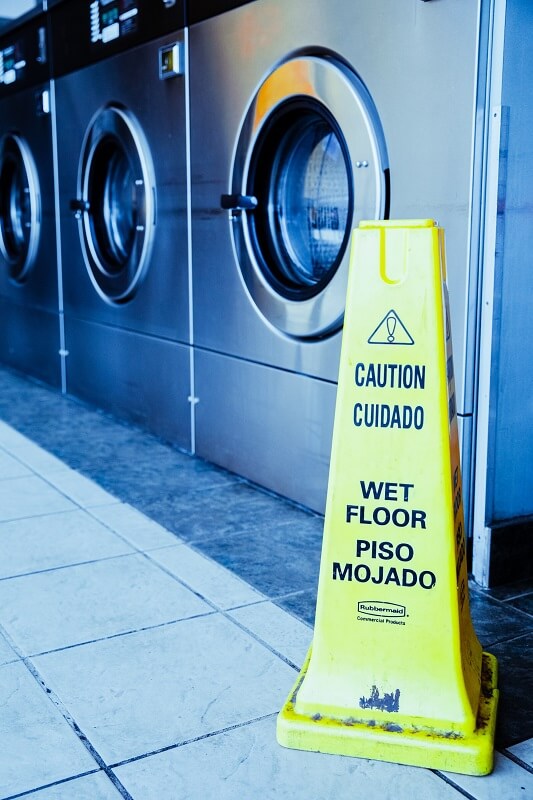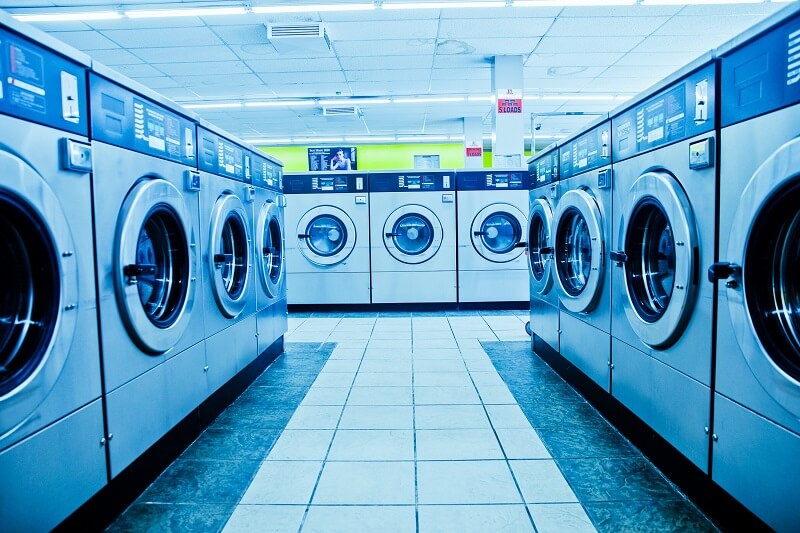The rubber gasket around the door of front-loading washing machines can be challenging to get clean and stain-free with frequent use, and it develops quickly marked by mold. Since mold develops in moist, damp environments, it is usual for it to grow in the area of a washing machine’s drum because water is continually circulated through it. Black mold, in particular, develops in these conditions.
Mold can grow on any rubber seals that are constantly in contact with moisture. Washing machines are a regular victim for obvious reasons. Mold creates an odor if it is not removed, and if it is, it transfers to clothes during the wash cycle. It can surprisingly become frequent for you to remove mold in washing machine rubber seal. Mold can start to form any place where there are prolonged periods of wetness, regardless of whether you have a front load or top load washing machine. This could grow into a significant issue if not remedied. It can make you ill as well as give your clothes a terrible smell.
To avoid problems with performance in the future and to ensure that your clothes don’t smell dirty you ought to try to frequently clean the inside of your washing machine, especially the mold in washing machine rubber. Keep reading to know more about how to remove mold from rubber seals.
What Causes Mold in Washing Machine Rubber Seal?

Knowing what causes mold to develop in the first place is essential to effectively clean mold on washing machine seal. It’s essential to take action to stop it from returning after cleaning.
Choosing the incorrect detergent.
The letters HE (High Efficiency) are now seen on the majority of modern washing machines. Make sure you’re using the right laundry detergent if you see this image on your washing machine. When using non-HE detergent in a HE washer, too many bubbles may be produced. If this occurs, the machine can struggle to completely rinse the soap out during the rinse cycle. The added soap residue could create the ideal environment for the development of mold.
HE washing machines function significantly more efficiently than non-HE washers. Compared to a non-HE machine, this improved efficiency implies that it uses less detergent and special detergent.
The washing machine is moist.
Moisture remaining unattended for too long is the main reason why there is growing mold in washing machines rubber. Mold can grow especially black mould in washing machine seal easily if your washing machine fails to completely dry off between uses. Any place that is moist and dark, including the detergent drawer, and washing machine drum, may contain this moisture.
Too much time is spent leaving wet clothes sitting in the washer.
If you leave a load of wet clothes in the washer for an extended period, mold may develop.
How to Remove Mold from Rubber Seal on Washing Machine?

It’s essential to focus on both the washing machine’s rubber seal’s apparent upper surface and the underside, where the water drains away when cleaning a washing machine rubber seal covered in mold. Mold frequently gathers in this unnoticed area, where it later spreads to the clothes and the rest of the machine.
Always keep it free of black mould in washing machine seal to prolong the lifespan of your washing machine’s rubber seals and avoid a stench-filled washer. Listed below are the steps on how to remove mold from the rubber seal:
Step 1: Make sure the washing machine is dry and empty.
Step 2: Put on safety gloves.
Step 3: Remove any mold, hair, or other debris by wiping the rubber washer seal. To prevent spreading the mold to other things, use a clean towel and wash it separately from the rest of the clothes. As an alternative, clean them with paper towels so you may throw them away.
Step 4: Apply a commercial mildew remover. As an alternative, you might make your solution using vinegar or bleach, and baking soda. The amount of mold infestation will determine the best course of action. Add just enough bleach to the baking soda to create a paste. Use 7% Sodium Hypochlorite Clorox bleach along with baking soda.
Step 5: Directly onto the washing machine rubber seal, spray, or apply the paste solution. After that, work it into the spots with a clean cloth or soft-bristled brush, make sure to also go inside the seal.
Step 6: Leave it for 12 hours or overnight.
Step 7: Wipe the solution from the washing machine rubber seal with a damp towel. By this time, bleach would have almost eliminated mold.
Step 8: Use the microfiber cloth to thoroughly remove the black mold by getting into the rubber seal’s folds. For a quick check, gently turn the rubber seal out, then use the microfiber cloth to wipe away any remaining mold and dirt.
Step 9: Rinse well with warm water. The washing machine should be set to the warmest cycle after adding 1/4 cup of bleach to the drum. Not only does mold develop in the rubber seal, but it also does so in the tub that houses the drum. Therefore, it’s essential that you properly clean the drum to remove any odors and eliminate the mold inside the drum.
Bleach should only be poured into the drum of the washing machine; do not pour it into the conditioner dispenser. The drum wouldn’t be thoroughly cleaned with this.
Step 10: For at least an hour, leave the door open so that it can dry.
Step 11: The microfiber cloth should be washed in water and let air dry.
Typically, a quick clean with a microfiber cloth after usage keeps your washing machine seal in good shape. To stop the growth of mold, use a biocidal cleaning every six months, and always leave the door open after using the washing machine until the seal and interior are dry.
Summary

If you aren’t developing your cleaning solution, mold removers are the quickest and simplest approach to getting rid of mold. You may get rid of mold and stop your freshly washed clothes from smelling by washing and caring for them frequently.
The mold remover will work much better on these deeper areas of the washing machine rubber seal if it is in a spray container, so make sure to use this. On the other hand, if you use baking soda and bleached paste, ensure that the deeper area is covered while applying.


